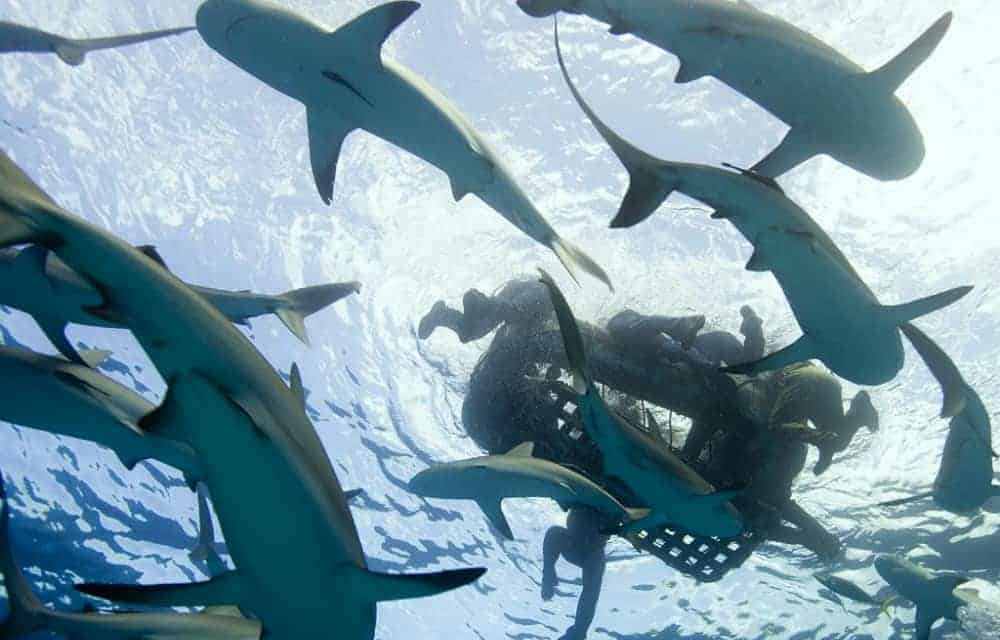The USS Indianapolis (CL/CA-35) was a very fine vessel with a very special history of service in the U.S. Navy. The ship saw more than her fair share of combat, and her last fight before she was sunk by a Japanese sub without a fight, was at the Battle of Okinawa from April – June 1945.
Following the battle, the Indianapolis was sent back to San Francisco for badly needed major repair work and an overhaul, then Captain Charles B. McVay III was ordered to sail to Pearl Harbor on July 16.
Traveling to Honolulu at an average speed of 29 knots (33 mph), the cruiser set a speed record of 74.5 hours for the trip from San Francisco to Pearl Harbor which still stands to this day.

There it took on a heavily guarded, sealed box, containing the atomic bomb parts and the enriched uranium (then about half the world’s total supply of Uranium-235) needed for the atomic bomb, Little Boy, which would be dropped on Hiroshima by the Enola Gay, in a terrifying and history-making display of the United States’ raw, unmatched military and scientific superpower.
Once the contents for this secret new super weapon were loaded onto the ship, the crew set off for Tinian Island in the South Pacific, where the package would be delivered, reaching the island on July 26th, then moving on as ordered to drop off crew members whose tours of duty were ending in Guam and pick up new sailors.

USS Indianapolis was then supposed to sail for Leyte where her crew would receive training before moving on to Okinawa again to join Vice Admiral Jesse B. Oldendorf’s Task Force 95 for the mission there.
On that fateful night of July 30, 1945, about 500 miles off the eastern coast of the Philippines, a Japanese submarine, I-58, under the command of Mochitsura Hashimoto, sank the USS Indianapolis, a Portland-class cruiser in the United States Navy, ultimately causing the greatest casualty rate from a single attack in American naval history.
The Japanese sub had spotted the U.S. cruiser and launched a torpedo, striking the Indianapolis on the starboard bow, blowing nearly 65 feet of the Indianapolis out of the water and sending a tank holding 3,500 gallons of aviation fuel off into a pillar of fire erupting several hundred feet into the night sky.
Then a second torpedo from I-58 hit nearer to midship, igniting fuel tanks and powder magazines and causing a chain reaction of explosions that tore the hull of the Indianapolis in two. Still moving through the ocean at 17 knots, the Indianapolis took on massive amounts of water and the ship sank in just 12 minutes.
As the sinking U.S. naval cruiser dumped many dead along with 880 live sailors— many of them injured and bleeding— into the ocean water, aggressive oceanic whitetip sharks and possibly tiger sharks as well were attracted by the commotion and smell of blood, and attacked the Indianapolis’ crew, killing some and dragging off the dead to devour in the ocean depths.

